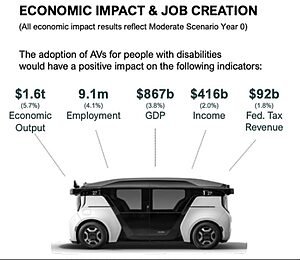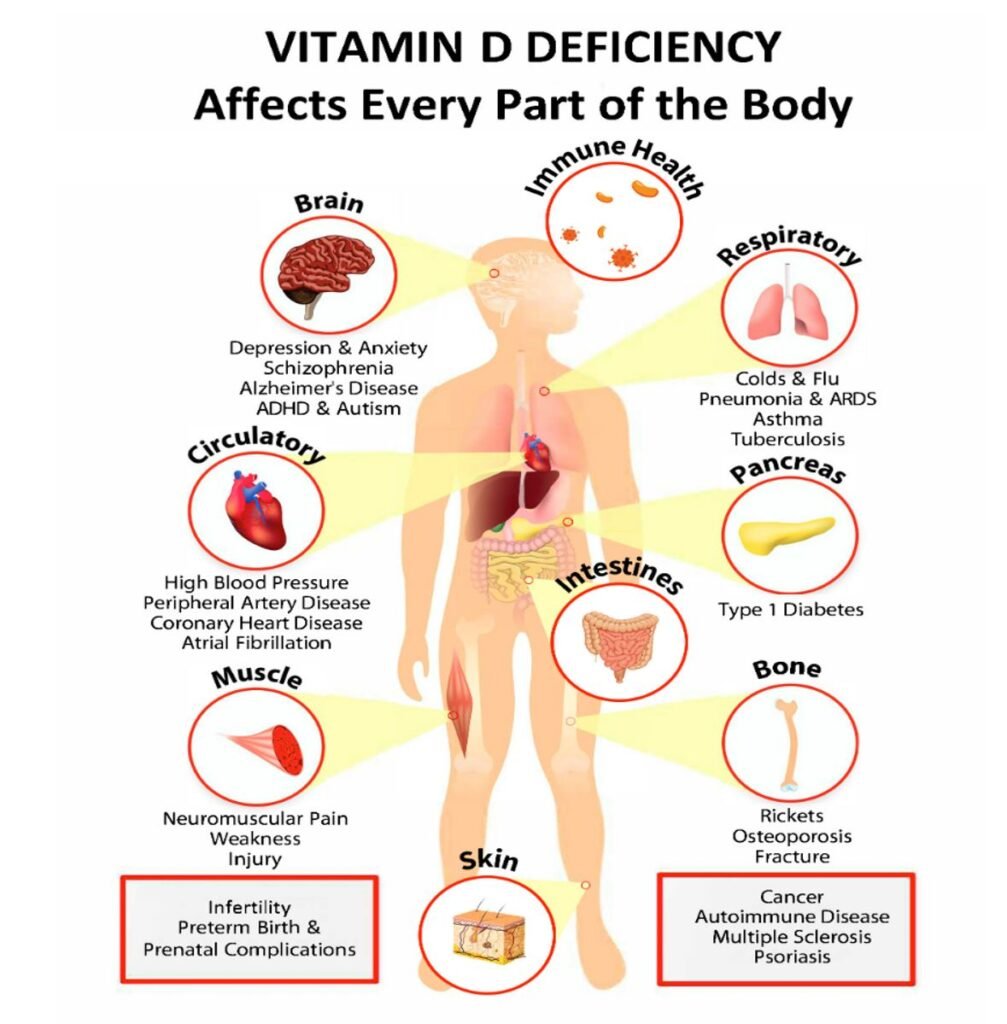1. Introduction: The Rise of Autonomous Vehicles
Autonomous driving, also known as self-driving or driverless technology, refers to vehicles that can navigate and operate without the need for human intervention. This revolutionary technology has been in development for decades, with its origins tracing back to the visionary ideas of pioneers like Leonardo da Vinci and his self-propelled cart in the 1500s1.The modern era of autonomous driving began in the 1860s with the invention of the Whitehead torpedo, a self-propelled underwater weapon that demonstrated the feasibility of autonomous navigation1. This was followed by the development of the Mechanical Mike aircraft autopilot in the 1930s, which allowed planes to fly long distances without constant human control. The technology continued to evolve, with significant advancements in the 1990s and 2000s, including the DARPA Grand Challenges that pushed the boundaries of autonomous vehicle capabilities. Today, autonomous driving systems integrate a variety of sensors, such as cameras, radar, and lidar, along with advanced artificial intelligence and machine learning algorithms to perceive the environment, make decisions, and control the vehicle.
2. Defining Autonomy: Levels of Self-Driving Cars

Diving into the world of autonomy opens up a fascinating continuum, where cars evolve from being mere machines that require constant human intervention to becoming entities capable of decision-making and self-navigation. The levels of autonomy in self-driving cars are demarcated from Level 0, where the vehicle has no automation and is entirely under human control, to Level 5, a domain where steering wheels become obsolete because these cars do not need human intervention at all. Each level represents a leap forward in technology and a step closer to reshaping how we perceive personal and public transportation. However, what truly intrigues is not just the technological prowess embedded within each level but how this progression blurs the lines between driver and passenger, altering our relationship with travel itself.
Exploring these levels in detail unravels a narrative of the gradual relinquishing of control from human to machine, challenging traditional notions of mobility and safety. At Levels 2 and 3, we stand at an intriguing crossroads—cars can take on some driving tasks while still requiring human oversight; it’s akin to teaching a child to ride a bike with training wheels. But as we ascend to Levels 4 and 5, there emerges an exhilarating picture—vehicles that roam seamlessly through city streets or highways with no need for human input, offering time back to individuals once chained by the demands of driving.
3. The Brains Behind the Wheel: AI & Sensors

At the core of autonomous vehicles’ groundbreaking functionality lie two pivotal components: Artificial Intelligence (AI) and an intricate network of sensors. Together, these technologies form the brains behind the wheel, orchestrating a seamless symphony of data collection and decision-making that rivals, and in some aspects surpasses, human driving capabilities. AI serves as the vehicle’s cerebral cortex, digesting vast amounts of data from its sensor network in real time—this includes everything from recognizing stop signs and detecting pedestrians to making split-second decisions about when to brake or navigate through complex traffic patterns. This is no small feat; it represents decades of sophisticated programming and machine learning where AI systems continuously evolve through accumulated experience—essentially learning from millions of simulated driving scenarios before ever hitting the road.
What sets this apart is not just the sheer computational power required but also the finesse with which these systems anticipate and react to unforeseen events on the road. The array of sensors – LIDAR (Light Detection and Ranging), radar, cameras, ultrasonic devices – act as eyes and ears, providing 360-degree coverage around the vehicle at all times. This multi-sensor fusion approach ensures a redundancy that mimics human sensory functions while enhancing them significantly with superior detection range and precision under various environmental conditions. By integrating predictive analytics, these cars are not just responding to their immediate surroundings but also making informed predictions about future states of their environment—a feat that elevates automated driving into realms previously thought exclusive to science fiction narratives.
-
- Perception: The vehicle’s software processes the sensor data to create a detailed understanding of the environment, identifying objects, their locations, and their movements.
- Prediction: The system predicts the future behavior of other road users, such as the movements of other vehicles and pedestrians, to anticipate potential hazards.
- Planning: The vehicle’s software plans the optimal route and maneuvers, taking into account traffic conditions, road rules, and safety considerations.
- Control: The vehicle’s actuators, such as the steering, brakes, and throttle, are controlled by the autonomous driving system to execute the planned actions.
4. Communication is Key: V2X Technology Explained

In the complex dance of modern transportation, where self-driving cars are steadily becoming partners in our daily commutes, a groundbreaking technology known as Vehicle-to-Everything (V2X) communication has emerged as the master choreographer. This technology allows autonomous vehicles to ‘converse’ with their surroundings, including other vehicles (V2V), pedestrians (V2P), and infrastructure like traffic lights and road signs (V2I). Imagine a world where your vehicle knows the timing of every red light ahead or can predict potential hazards by communicating with nearby entities — that’s V2X turning science fiction into everyday reality.
By weaving a dynamic network of information exchange, V2X technology is not just enhancing road safety but redefining it. It offers an extra set of eyes to autonomous vehicles, enabling them to perceive threats beyond the range of on-board sensors or even around corners. For instance, when integrated effectively, this system can preemptively inform a car about an icy patch on the road miles ahead or about an impending emergency vehicle approaching from afar, allowing for smoother and safer ride experiences. Thus,V2X isn’t merely a feature within the autonomous driving ecosystem; it’s the very backbone supporting its ambitious vision — fostering a transport paradigm where accidents become exceptionally rare and traffic flows are seamlessly optimized.
5. Current Adoption
Several countries are actively embracing autonomous driving technology. Among the pioneers is the United States, where companies such as Tesla, Waymo, and Cruise have been conducting extensive autonomous vehicle trials. China has also made significant strides, with tech giants like Baidu and Alibaba investing in self-driving technology. Other countries, including Germany, Japan, and South Korea, are actively exploring and investing in autonomous driving.
the most driverless car patents


6. Pros and Cons of Autonomous Driving

Autonomous driving technology offers a range of potential benefits, as well as some drawbacks, that must be carefully considered:
Pros:
-
- Improved safety: Autonomous vehicles have the potential to significantly reduce the number of accidents caused by human error, leading to safer roads.
- Enhanced mobility: Autonomous vehicles can provide transportation options for individuals who are unable to drive, such as the elderly or those with disabilities.
- Increased efficiency: Autonomous vehicles can optimize routes, reduce traffic congestion, and improve overall transportation efficiency.
- Environmental benefits: Autonomous vehicles can be designed to be more energy-efficient and environmentally friendly, contributing to reduced emissions and a smaller carbon footprint.
Cons:
-
- Job displacement: The widespread adoption of autonomous vehicles could lead to the displacement of jobs in industries such as taxi, ride-sharing, and truck driving.
- Ethical dilemmas: Autonomous vehicles may face complex ethical decisions in emergency situations, such as prioritizing the safety of passengers over pedestrians.
- Cybersecurity risks: Autonomous vehicles are vulnerable to cyber attacks, which could compromise the safety and security of the vehicle and its occupants.
- Public acceptance: Gaining public trust and acceptance of autonomous driving technology remains a significant challenge, as people may be hesitant to relinquish control of their vehicles.
7. Potential job impact due to autonomous vehicles

The key points regarding potential job losses due to autonomous vehicles are:
- Significant Job Displacement in Driving Occupations
- Autonomous vehicles are expected to displace jobs in industries like trucking, taxi, ride-sharing, delivery, and other driving-related occupations.
- Estimates suggest up to 294,000 long-haul truck driving jobs could be displaced, including 83,000 well-paying union positions.
- Overall, it is estimated that autonomous vehicles could eliminate 300,000 driving jobs per year in the future.
- Gradual Transition and Adaptation
- The transition to autonomous vehicles is not expected to happen overnight, allowing time for gradual adaptation and reskilling of workers.
- Some driving jobs, like taxi and ride-share, already have high turnover and may be more transient in nature, making the impact less severe.5
- Potential for New Job Creation
- While autonomous vehicles will displace some jobs, they are also expected to create new opportunities in areas like software engineering, field service, and safety testing.4
- The overall impact on employment is projected to be relatively small, with estimates of a 0.06-0.13% increase in the unemployment rate over the next decade.4
- Need for Reskilling and Transition Support
- There is a need to proactively support workers in driving occupations by providing reskilling opportunities and transition assistance to help them adapt to the changing job market.
- Effective communication and planning by companies and policymakers is crucial to mitigate the impact on workers and communities.
8. Safety First: How Autonomous Cars Avoid Accidents
Autonomous cars redefine the concept of safety on the roads, leveraging advanced technologies to prevent accidents with a precision that was once deemed unattainable. Unlike human drivers who might struggle with distractions or fatigue, these vehicles are perpetually vigilant, equipped with an array of sophisticated sensors and cameras that provide a 360-degree view around the clock. This arsenal of tech enables autonomous vehicles to detect and categorize objects in their vicinity—be it other cars, pedestrians, or unexpected obstacles—and take evasive action much quicker than a human could ever respond.
At the core of their accident-avoidance capability is an intricate dance between artificial intelligence (AI) algorithms and real-time data processing. These AI systems continuously learn from vast swathes of driving data, allowing them to anticipate potential hazards and make decisions in milliseconds. For instance, by predicting a pedestrian’s movement trajectory or analyzing the speed and distance of surrounding vehicles in complex traffic scenarios, autonomous cars can adjust their speed or execute subtle steering maneuvers to maintain safety margins. This intelligent foresight represents not just an incremental improvement in road safety but ushers in a new era where technology transcends human limitations to protect lives on our streets.
9. Ethical and Legal Considerations on the Road
As we cruise down the digital highway towards a future dotted with autonomous vehicles, it’s critical to navigate the complex landscape of ethical and legal considerations that accompany this revolutionary technology. At the heart of these discussions is the intricate moral programming of these cars. Imagine a scenario where an autonomous vehicle must choose between two unavoidable harms – does it prioritize the safety of its passengers or the pedestrian crossing unexpectedly? This question plunges us into the depths of moral algorithms, challenging our preconceptions about responsibility and ethics in a driverless era.
Beyond ethical quandaries, legal frameworks are scrambling to keep pace with the rapid advancement of autonomous cars. Currently, there’s a patchwork of regulations that vary widely by region, creating a legal labyrinth for manufacturers and users alike. The pressing question becomes: In the event of an accident, who is liable – the manufacturer for potential software malfunctions or the owner for maintenance neglect? This query opens up provocative avenues for debate on ownership responsibilities and regulatory oversight in ensuring these smart machines do not outsmart human safety protocols. Delving into this new horizon reveals not just strides in technological prowess but also exposes critical gaps in our readiness to transition fully into this uncharted territory.
Conclusion: Navigating the Future of Transportation
Despite the challenges, the future of autonomous driving looks promising. Experts predict that the next 20 years will see a rapid expansion of autonomous vehicle technology, with the potential for significant societal and economic impacts. Some of the key developments and trends in the future of autonomous driving include:
-
- Increased Automation Levels: The industry is working towards achieving higher levels of automation, with the ultimate goal of fully autonomous vehicles that can operate without any human intervention.
- Improved Safety: Autonomous driving systems are expected to become increasingly reliable and safer, with the potential to significantly reduce the number of accidents caused by human error.
- Expanded Applications: Autonomous driving technology is expected to be applied not only to passenger vehicles but also to commercial vehicles, such as trucks and delivery vans, as well as in other domains like public transportation and logistics.
- Integration with Smart City Infrastructure: Autonomous vehicles will likely be integrated with smart city infrastructure, such as traffic management systems and communication networks, to optimize traffic flow and improve overall transportation efficiency.
- Societal and Economic Impacts: The widespread adoption of autonomous vehicles could have far-reaching societal and economic impacts, including changes in urban planning, the transportation industry, and the job market.
Other Statistics facts
- By 2025, 8 million autonomous or semi-autonomous vehicles will be on the road.
- Autonomous vehicles are expected to save the U.S. economy $65 billion in road accident-related costs.
- The global self-driving car market size is projected to reach $1.9 trillion by the end of 2025.
- The adoption of autonomous vehicles can reduce private car ownership by 43% in the United States.
- On average, self-driving cars receive 10-20 software updates per year to improve safety.
- By 2040, self-driving cars are predicted to account for 75% of all vehicles on the road.
Read More
Driverless Car Accident Statistics And Trends in 2024 • Gitnux
Fascinating Facts About Self Driving Cars | Salvi, Schostok & Pritchard P.C. (salvilaw.com)
Waymo…The Real Driverless Car Has Arrived – YouTube
Please Join Me As I Take a Ride in a Driverless Taxi – Here’s The Good, Bad, & Ugly! (youtube.com)
Written by CHARM-retirement.com
Apr-2024

























